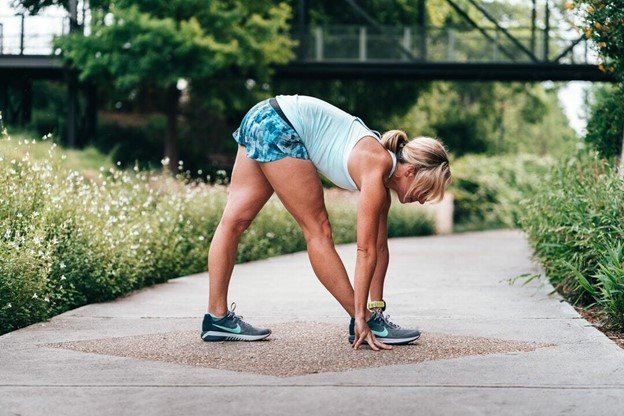Stretching is an important part of any fitness routine. It helps improve flexibility, prevents injury, and prepares your muscles for exercise.
Whether you are new to working out or have been doing it for years, the right stretching techniques can make a big difference.
In this article, we’ll look at simple and effective ways to stretch, so you can stay strong and pain-free.
Static Stretching
Static stretching is one of the most common types. This technique involves holding a stretch for 15 to 60 seconds. You don’t move during the stretch.
It is best to do static stretches after your workout when your muscles are warm. This helps you cool down and relax your body.
Examples include touching your toes to stretch your hamstrings or reaching over your head to stretch your triceps. Always move slowly into the stretch and avoid bouncing. This helps prevent injury and ensures a deeper stretch.
Dynamic Stretching
Dynamic stretching uses movement to prepare your muscles for exercise. It is great before a workout. These stretches improve blood flow and increase your range of motion.
Examples of dynamic stretches are arm circles, walking lunges, and leg swings. These movements gently warm up the muscles you’ll use during your workout.
Dynamic stretching is especially helpful before running, lifting weights, or playing sports. Just remember to keep the movements controlled and steady.
Ballistic Stretching
Ballistic stretching is a more advanced technique. It involves bouncing or jerking movements to push your muscles beyond their normal range.
This type of stretching can be risky if not done properly. It’s mostly used by athletes who need extreme flexibility.
An example would be bouncing while trying to touch your toes. Because of the risk of injury, ballistic stretching is not recommended for beginners.
Always warm up first and know your limits. If you are unsure, it’s better to stick to safer techniques.
PNF Stretching
PNF stands for Proprioceptive Neuromuscular Facilitation. This technique involves stretching and contracting the muscle at the same time. It’s often done with a partner, which is why many people look into a PNF & Assisted Stretching Certification to learn how to do it safely.
One common PNF method includes stretching a muscle, then pushing against resistance for a few seconds, and finally relaxing into a deeper stretch.
It’s a very effective way to improve flexibility quickly. However, it should be done with care and proper instruction.
Active Stretching
Active stretching uses your muscles to hold a stretch without any help from another person or object. For example, lifting your leg and holding it in place with your strength is an active stretch.
This type of stretching builds strength and flexibility at the same time. It’s also safe, since you’re in control of how far you go. Active stretching is great for yoga, pilates, and sports training.
All About Stretching Techniques for Fitness Enthusiasts
Stretching is more than just a warm-up or cool-down routine. It’s a key part of keeping your body flexible, strong, and injury-free. From static to dynamic, and PNF to active stretching, each method offers unique benefits.
Always choose the right technique for your fitness level and goals. Stretch regularly, listen to your body, and enjoy the benefits of better movement and recovery.

 News3 months ago
News3 months ago
 Health2 years ago
Health2 years ago
 Technology2 years ago
Technology2 years ago
 Celebrity2 years ago
Celebrity2 years ago

















